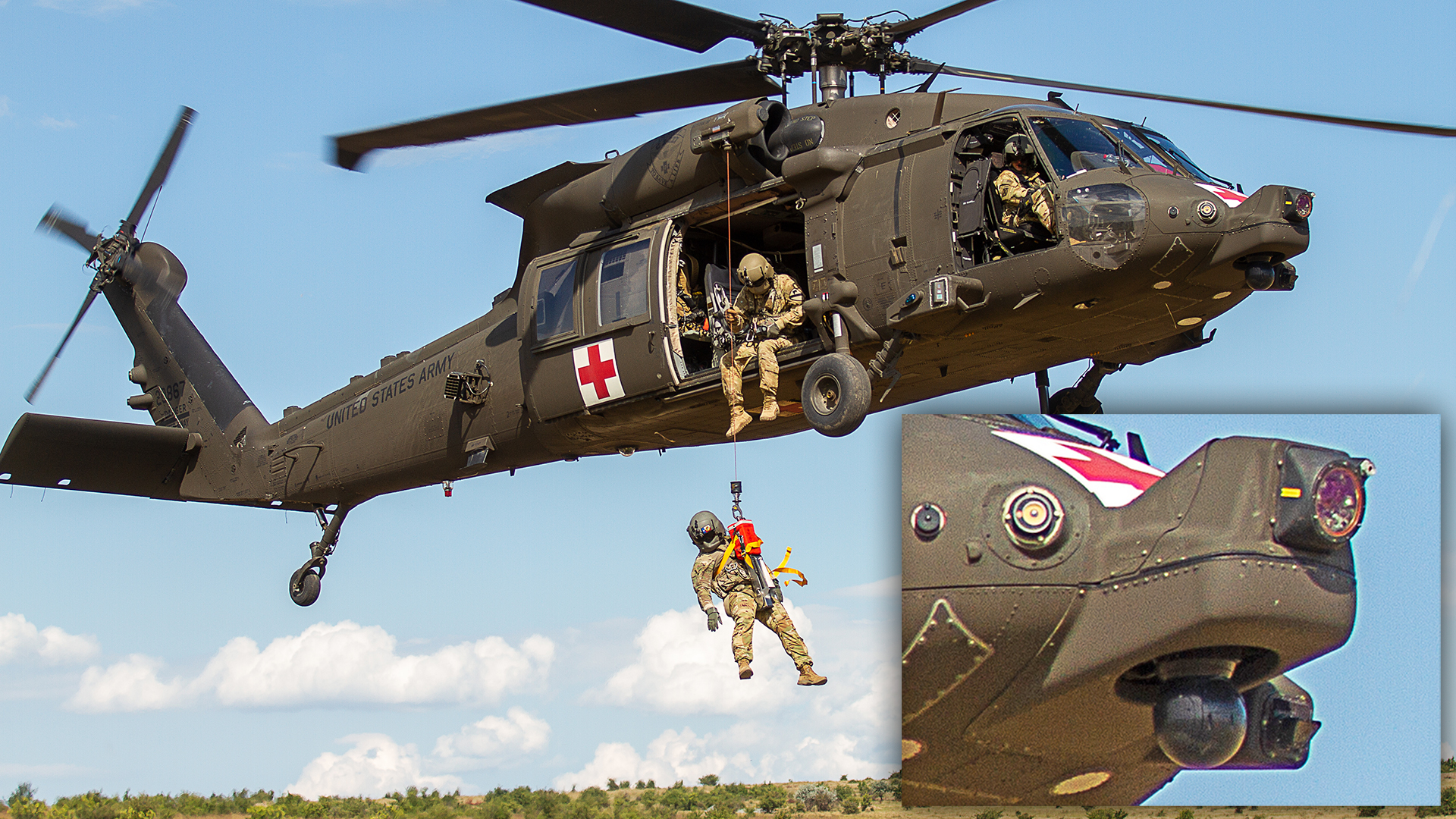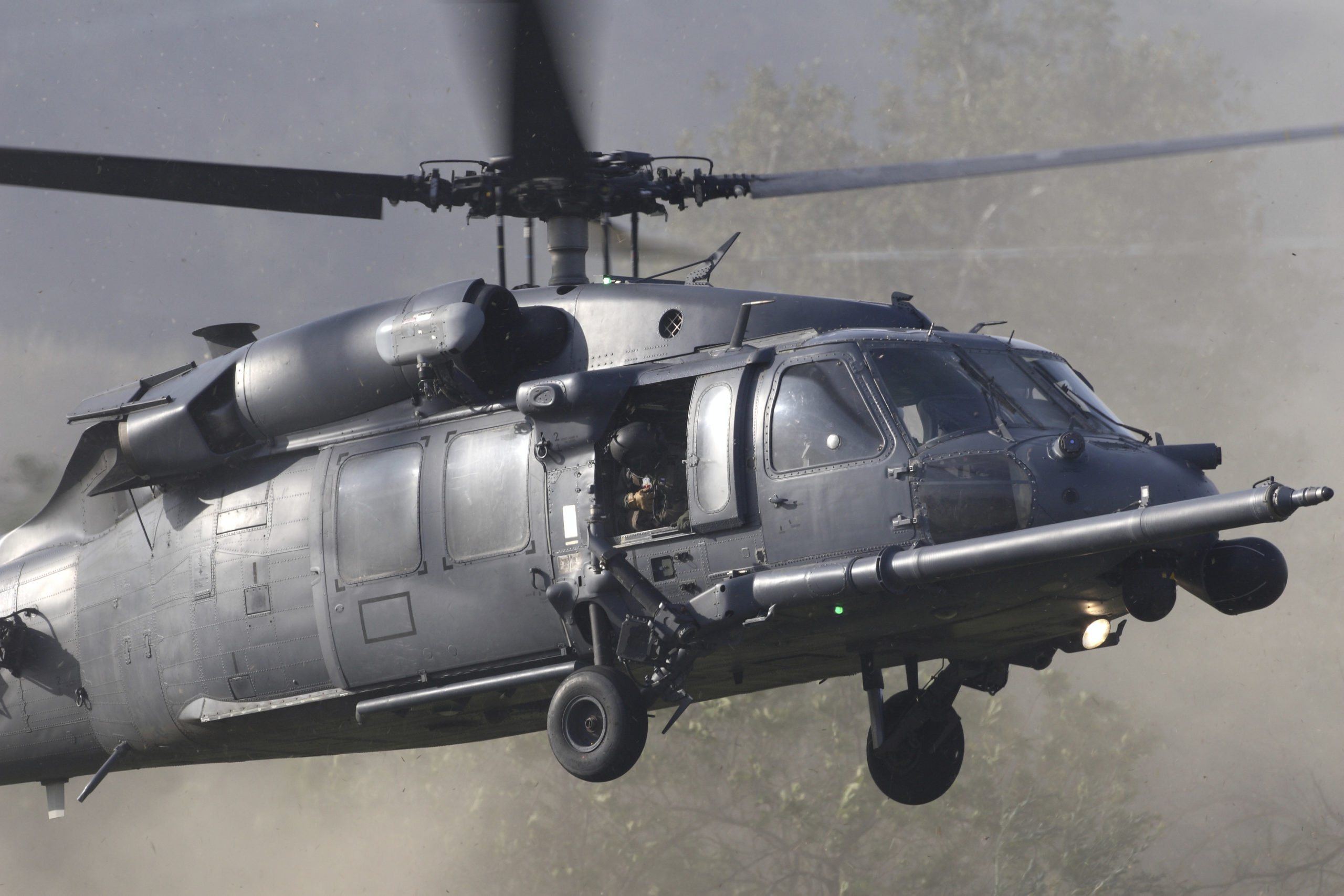UH 60 Helicopter Specifications: What Sets It Apart from Other Military Aircraft
UH 60 Helicopter Specifications: What Sets It Apart from Other Military Aircraft
Blog Article
Everything You Need to Learn About the UH 60 Helicopter
The UH-60 helicopter, a foundation of U.S. Military air travel since its launching in 1979, represents a remarkable mix of engineering and functional flexibility. Recognized for its phenomenal speed and range, the UH-60 has actually been adjusted for different goals, from troop transportation to medical emptying. As military requirements evolve, so as well does the helicopter, with ongoing developments aimed at improving its capacities and integrating contemporary innovations. To fully value the value of the UH-60 in contemporary armed forces procedures, one should consider its background, design, and the future technologies that could redefine its role.
Background of the UH-60
Established in the late 1970s, the UH-60 Black Hawk helicopter became a response to the united state Army's need for a functional energy helicopter that might perform a variety of objectives under difficult problems. The inspiration for its layout was the drawbacks determined in the earlier helicopters utilized throughout the Vietnam Battle, especially in terms of speed, survivability, and maneuverability.
The Black Hawk was developed by Sikorsky Aircraft, integrating innovative innovations and products to improve its performance and resilience. It was officially introduced right into solution in 1979, rapidly ending up being a critical property for armed forces operations - uh 60. Its ability to transport soldiers, medical evacuation, and logistical support in both fight and altruistic objectives made the Black Hawk an invaluable component of the united state Army's aeronautics fleet
Throughout the years, the UH-60 has actually been continually updated, adapting to the transforming nature of warfare and the advancing requirements of contemporary military procedures. Its operational background consists of participation in significant disputes, peacekeeping missions, and catastrophe relief initiatives, strengthening its reputation as a efficient and dependable helicopter in numerous atmospheres worldwide.

Layout and Specs
The design of the UH-60 Black Hawk helicopter consistently mirrors a commitment to functional efficiency and convenience. Developed by Sikorsky Airplane, this medium-lift utility helicopter includes a sleek, aerodynamic body that improves speed and maneuverability. Its tandem rotor system, characterized by 2 counter-rotating blades, reduces resonance and increases lift ability, enabling much safer procedures in diverse atmospheres.
The UH-60 is powered by 2 T700-GE-701C turboshaft engines, giving a maximum speed of around 180 knots and a series of around 400 nautical miles. Its robust airframe is constructed from sophisticated composite products, making certain durability while preserving a reasonably low weight. The helicopter has an optimum gross weight of concerning 22,000 pounds, supporting a versatile payload setup.

Objectives and roles
A flexible system, the UH-60 Black Hawk helicopter serves a wide variety of roles and objectives within army operations. Created largely for troop transportation, it can carrying as much as 11 soldiers, making it an essential property for rapid implementation and logistical assistance.
In addition to troop transportation, the UH-60 masters medical emptying (MEDEVAC) goals, equipped with innovative clinical equipment to offer vital treatment during transit. Its capability to run in varied settings boosts its effectiveness in battle search and rescue (CSAR) operations, where quick removal of employees is vital.
The helicopter also plays a considerable duty in reconnaissance and security goals, here using onboard sensors and devices to debrief. In addition, its versatility encompasses logistical support, with the ability of delivering supplies and tools to ahead running bases - uh 60.
In battle operations, the UH-60 can be equipped with various weapon systems, allowing it to give close air assistance. Its multi-role ability makes the Black Hawk a crucial device for modern-day military forces, adjusting flawlessly to the advancing needs of field of battle situations and guaranteeing mission success across an array of functional contexts.
Performance and Capabilities
Known for its durable performance, the UH-60 Black Hawk helicopter boasts outstanding capacities that enhance its functional performance throughout different objectives. uh 60. This multi-role aircraft is outfitted with powerful twin-engine Turbomeca Arriel 1D1 engines, giving remarkable speed and maneuverability, with an optimum cruise speed of around 150 knots and an operational range of around 400 nautical miles
The Black Hawk's advanced avionics and fly-by-wire control systems significantly boost flight safety and handling, allowing it to run in diverse settings, consisting of adverse weather. Its versatility is more exhibited by its capability to carry as much as 11 totally geared up anchor troops or a payload of approximately 8,000 extra pounds, making it perfect for army transport, medical discharge, and logistical assistance objectives.
Additionally, the UH-60 is created for survivability, including enhanced airframes, ballistic defense for crew and travelers, and progressed countermeasure systems to evade dangers. The helicopter's agility and rate, combined with its capacity for fast deployment, make it a crucial asset in contemporary armed forces operations, making sure that it continues to be a crucial element of tactical air assistance and battlefield flexibility.
Future Developments

One significant emphasis is the combination of innovative avionics systems, which will improve situational awareness via improved navigation and interaction capabilities. This consists of the potential use expert system to aid pilots in decision-making and mission preparation.
Furthermore, future versions may include sophisticated products and design attributes to bolster the helicopter's durability and minimize its radar signature, original site improving survivability in disputed atmospheres.
The intro of hybrid-electric propulsion systems is also imminent, intending to enhance gas efficiency and decrease logistical worries. Such developments can extend functional variety and lower the helicopter's environmental impact.

Final Thought
The UH-60 helicopter represents a significant advancement in army air travel because its intro in 1979. Its robust layout, functional abilities, and constant upgrades ensure its significance in different functional functions, including army transportation and medical discharge. As innovation progresses, future growths will likely improve its efficiency with the integration of man-made intelligence and hybrid-electric systems. The UH-60's sustaining existence emphasizes its important duty in contemporary armed forces operations and highlights the recurring evolution of armed forces aviation innovation.
The UH-60 helicopter, a keystone of U.S. Army air travel given that its debut in 1979, stands for an impressive blend of engineering and functional convenience. As military needs progress, so also does the helicopter, with ongoing developments intended at boosting its capacities and integrating modern technologies.The style of the UH-60 Black Hawk helicopter continually reflects a commitment to operational effectiveness and adaptability. Established by Sikorsky Airplane, this medium-lift energy helicopter includes a streamlined, wind resistant fuselage that boosts speed and ability to move.The UH-60 helicopter represents a substantial improvement in armed forces aeronautics since its introduction in 1979.
Report this page